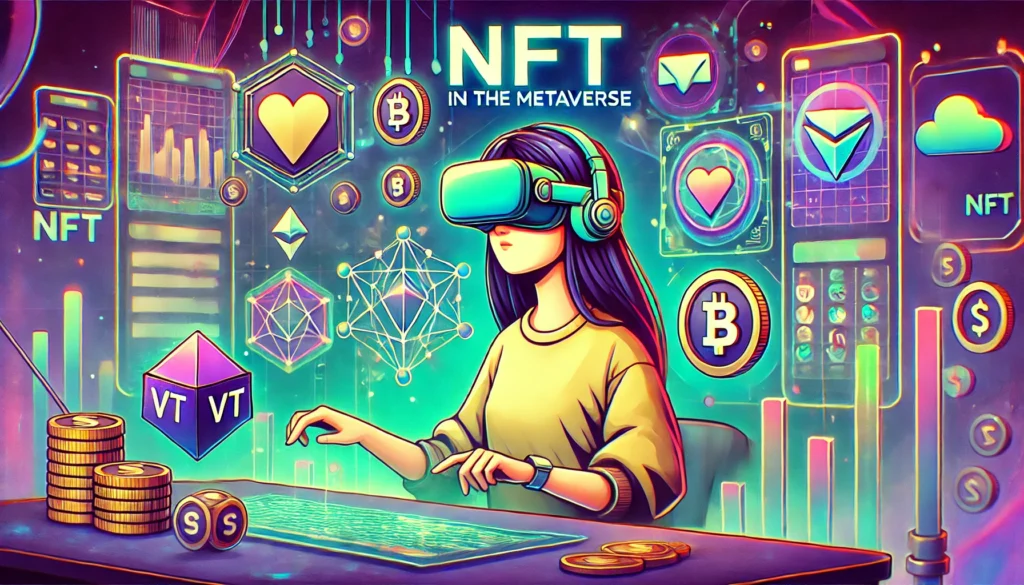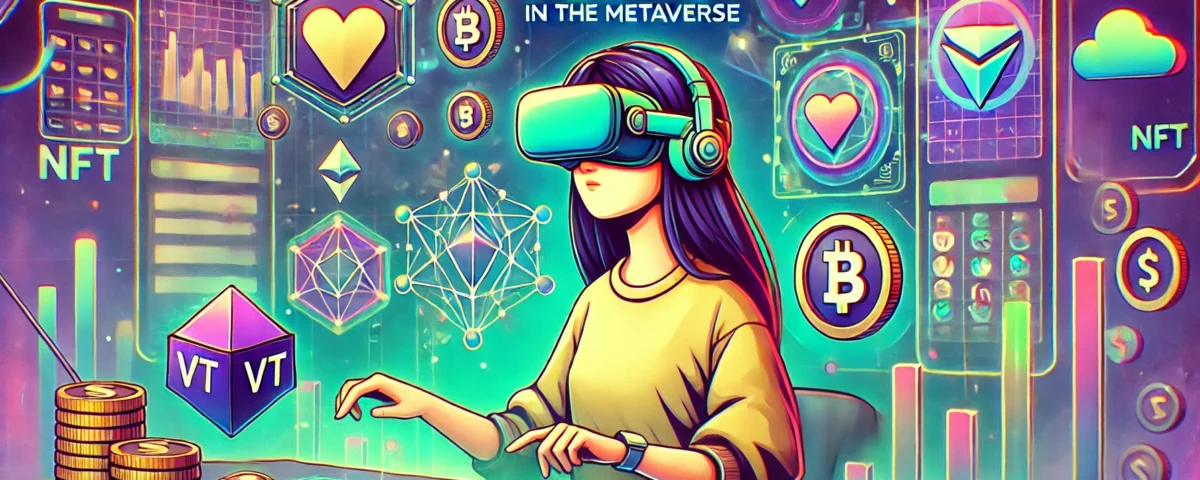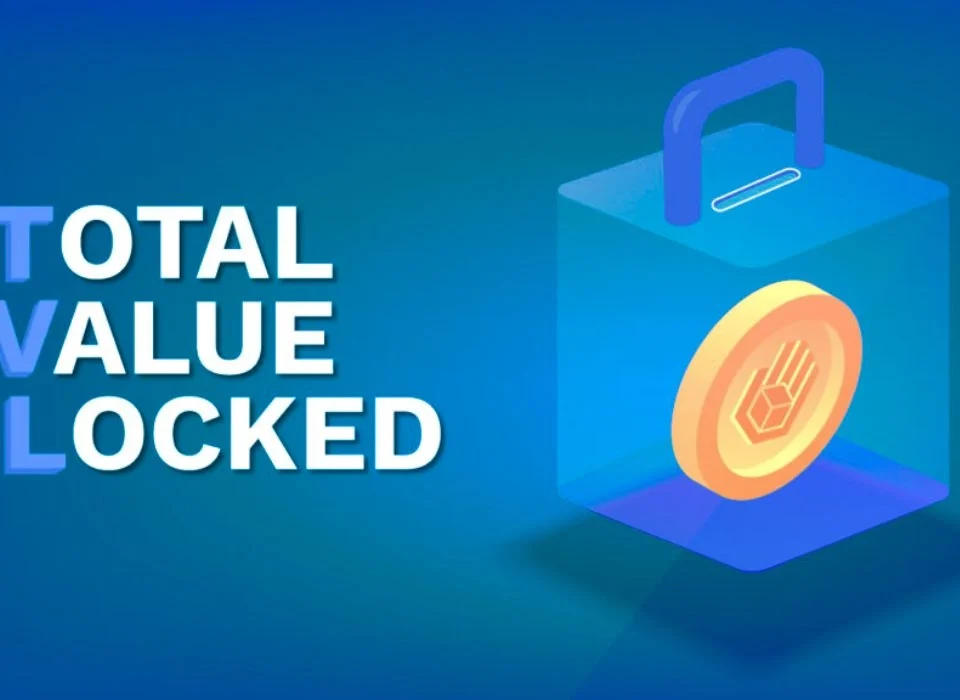
The Role of Oracles in Blockchain Technology
18/07/2024
The Benefits of Using Decentralized Finance (DeFi) Protocols
19/07/2024How to Create and Trade Your Own NFT
Non-Fungible Tokens (NFTs) have revolutionized the digital art and collectibles market, offering artists and creators a new way to monetize their work. This comprehensive guide will walk you through the process of creating and trading your own NFT, ensuring you understand each step and the tools required. We’ll cover everything from the basics of NFTs to the specifics of minting and selling them on various platforms.

Introduction to NFTs
What is an NFT?
An NFT, or Non-Fungible Token, is a type of digital asset that represents ownership or proof of authenticity of a unique item or piece of content, stored on a blockchain. Unlike cryptocurrencies such as Bitcoin or Ethereum, which are fungible and can be exchanged one-for-one, NFTs are unique and cannot be exchanged on a like-for-like basis.
Why Create an NFT?
Creating an NFT can provide several benefits:
- Monetization: Artists can sell their work directly to buyers without intermediaries.
- Royalties: Creators can earn royalties from secondary sales.
- Provenance: The blockchain ensures a transparent and immutable record of ownership.
Steps to Create Your Own NFT
Step 1: Choose Your Content
Decide what you want to tokenize. NFTs can represent various digital items, including:
- Artwork (digital paintings, illustrations)
- Music and audio files
- Videos and animations
- Collectibles and in-game items
- Domain names
Step 2: Select a Blockchain
Most NFTs are created and traded on the Ethereum blockchain, but other blockchains such as Binance Smart Chain, Flow, and Tezos are also popular. Ethereum offers a well-established ecosystem with a broad range of marketplaces and tools.
Step 3: Set Up a Digital Wallet
You’ll need a digital wallet to store your cryptocurrency and manage your NFTs. Some popular wallets include:
- MetaMask: A browser extension wallet that supports Ethereum-based NFTs.
- Trust Wallet: A mobile wallet that supports multiple blockchains.
- Coinbase Wallet: A user-friendly wallet with integration to the Coinbase exchange.
Step 4: Buy Cryptocurrency
Purchase some cryptocurrency (typically Ether, ETH) to pay for transaction fees (known as gas fees) and minting costs. You can buy ETH on major exchanges like Coinbase, Binance, or Kraken and transfer it to your digital wallet.
Step 5: Choose an NFT Marketplace
Several NFT marketplaces allow you to mint, buy, and sell NFTs. Some of the most popular ones include:
- OpenSea: One of the largest and most versatile NFT marketplaces.
- Rarible: A decentralized platform where users can create and trade NFTs.
- Foundation: A curated marketplace for high-quality digital art.
- Mintable: A user-friendly platform that allows for easy NFT creation.
Step 6: Mint Your NFT
Minting an NFT means turning your digital file into a unique token on the blockchain. Here’s a step-by-step guide for minting on OpenSea:
- Connect Your Wallet: Go to the OpenSea website and connect your digital wallet.
- Create a Collection: Set up a new collection to organize your NFTs. Provide details such as the collection name, description, and logo.
- Add Your Digital File: Click on “Create” and upload your digital file (image, video, audio, etc.).
- Fill in Details: Provide the NFT’s title, description, and properties (e.g., rarity, traits).
- Mint the NFT: Click “Create” to mint your NFT. You may need to approve a transaction in your wallet and pay a gas fee.
Step 7: List Your NFT for Sale
Once your NFT is minted, you can list it for sale:
- Go to Your Collection: Navigate to your newly minted NFT in your collection.
- Click on Sell: Set the price in ETH or choose an auction format.
- Confirm Listing: Confirm the listing details and approve the transaction in your wallet. You might need to pay a gas fee to complete the listing.
Trading Your NFT
Buying NFTs
- Browse Marketplaces: Explore different NFT marketplaces to find NFTs that interest you.
- Connect Your Wallet: Ensure your wallet is connected to the marketplace.
- Make an Offer or Buy Now: Depending on the listing, you can place a bid or buy the NFT outright.
- Complete the Transaction: Approve the transaction in your wallet and pay the required amount, including gas fees.
Selling NFTs
- List Your NFT: Follow the steps mentioned above to list your NFT for sale.
- Promote Your NFT: Share your listing on social media, forums, and within NFT communities to attract buyers.
- Manage Offers: Review any offers you receive and accept the best one.
Trading Strategies
- Research: Study the market trends and popular collections to identify valuable NFTs.
- Diversify: Spread your investments across different types of NFTs and artists.
- Stay Informed: Keep up with news and developments in the NFT space to make informed decisions.
Best Practices for NFT Creators and Traders
For Creators
- Create High-Quality Content: Focus on originality and quality to stand out in the crowded NFT market.
- Engage with the Community: Build a following by engaging with the NFT community on platforms like Twitter, Discord, and Clubhouse.
- Set Realistic Prices: Start with reasonable prices to attract buyers and build your reputation.
For Traders
- Verify Authenticity: Ensure the NFT is created by the original artist and not a copycat.
- Evaluate Marketplaces: Choose reputable marketplaces with robust security measures.
- Be Aware of Fees: Consider gas fees and marketplace commissions when buying and selling NFTs.
Future of NFTs
Emerging Trends
- Integration with Virtual Worlds: NFTs are increasingly being used in virtual worlds and metaverses, where users can showcase and trade their digital assets.
- Fractional Ownership: Platforms are emerging that allow users to own fractions of high-value NFTs, making them more accessible.
- Environmental Impact: As concerns about the environmental impact of blockchain grow, more energy-efficient solutions and blockchains are being developed.
Potential Challenges
- Market Volatility: The NFT market can be highly volatile, with prices fluctuating significantly.
- Regulatory Uncertainty: The legal and regulatory landscape for NFTs is still evolving, which could impact their use and value.
- Scams and Fraud: The popularity of NFTs has attracted scammers, so it’s essential to be cautious and conduct due diligence.
Conclusion
Creating and trading your own NFTs can be a rewarding endeavor, offering new opportunities for artists and investors alike. By understanding the process and following best practices, you can navigate the NFT space with confidence. Stay informed about the latest trends and developments to make the most of this exciting digital frontier. Whether you’re an artist looking to monetize your work or an investor seeking unique assets, NFTs offer a dynamic and innovative marketplace to explore.




14 Comments
Forex24 Thecoins24
Learn Italy Online Learn Spain Online Learn France Online
پزشکی در ایتالیا
تحصیل در ایتالیا
The Forex 24
The Coins 24
cryptocurrency
Forex news
Forex calculator
website SEO Website develop Digital Marketing
Go To Trip
Кредит под залог для бизнеса, изучите.
кредит под залог квартиры без справок кредит под залог квартиры без справок .
best online gambling http://www.24bet-casino.com/ .
Find Your Perfect New UK Online Casino
top 20 online casinos uk top 20 online casinos uk .
Capturing the magic of your wedding day, experience the wedding of your dreams.
wedding videography in detroit wedding videography in detroit .
Play Now and Enjoy
All Australian Casino Sites with Fast Payouts
craps online casino craps online casino .
Choose a car for rent at a profit, the lowest prices.
300 shields mighty ways online slot https://www.casinowild24.com/all-games/slots/300-shields-mighty-ways/.
5 ways to save money when renting a car, and get the best price and rental conditions
Enter the online casino and win money, without leaving your home.
pagcor online casino app https://allbetzcasino.com/explaining-the-different-types-of-casino-bonuses/ .